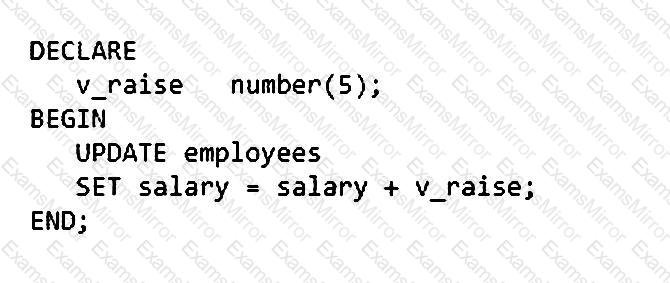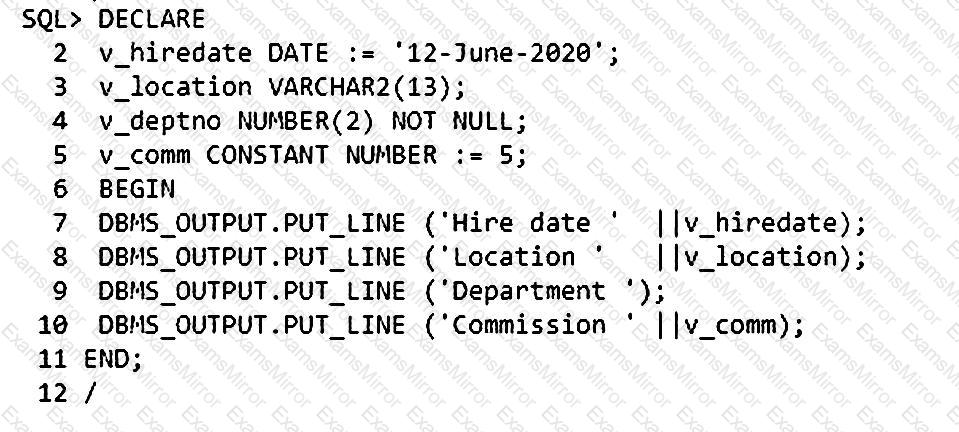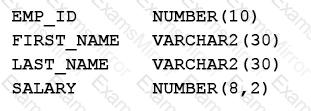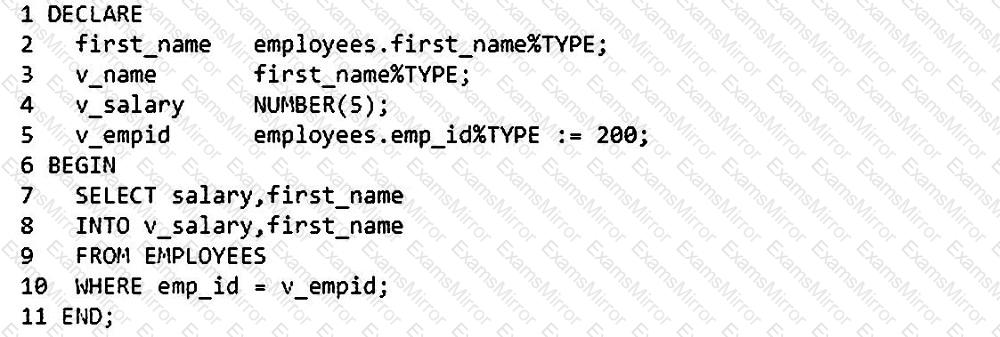Cyber Monday Special Limited Time 70% Discount Offer - Ends in 0d 00h 00m 00s - Coupon code = getmirror
Pass the Oracle Database PL/SQL Developer Certified Professional 1z0-149 Questions and answers with ExamsMirror
Exam 1z0-149 Premium Access
View all detail and faqs for the 1z0-149 exam
664 Students Passed
87% Average Score
97% Same Questions
Which three are true about functions and procedures? (Choose three.)
Examine this anonymous block of code:

Which two statements are true about the results of executing it? (Choose two.)
Which three statements are true about passing parameters to subprograms? (Choose three.)
Examine this statement which executes successfully:
SQL> SET SERVEROUTPUT ON;
Now, examine this code which is executed:

What is true about the result?
Which two are true about the PLSQL_CODE_TYPE parameter? (Choose two.)
Which three are valid PL/SQL variable names? (Choose three.)
Which three statements are true about Implicit Cursor and Explicit Cursor? (Choose three.)
Which two are true about collections and RECORD types? (Choose two.)
Which two statements are true about using the OR REPLACE clause when creating named subprograms? (Choose two.)
Examine the EMPLOYEES table structure:

Now, examine this code:

Which statement is true about the result of executing this block?
TOP CODES
Top selling exam codes in the certification world, popular, in demand and updated to help you pass on the first try.
